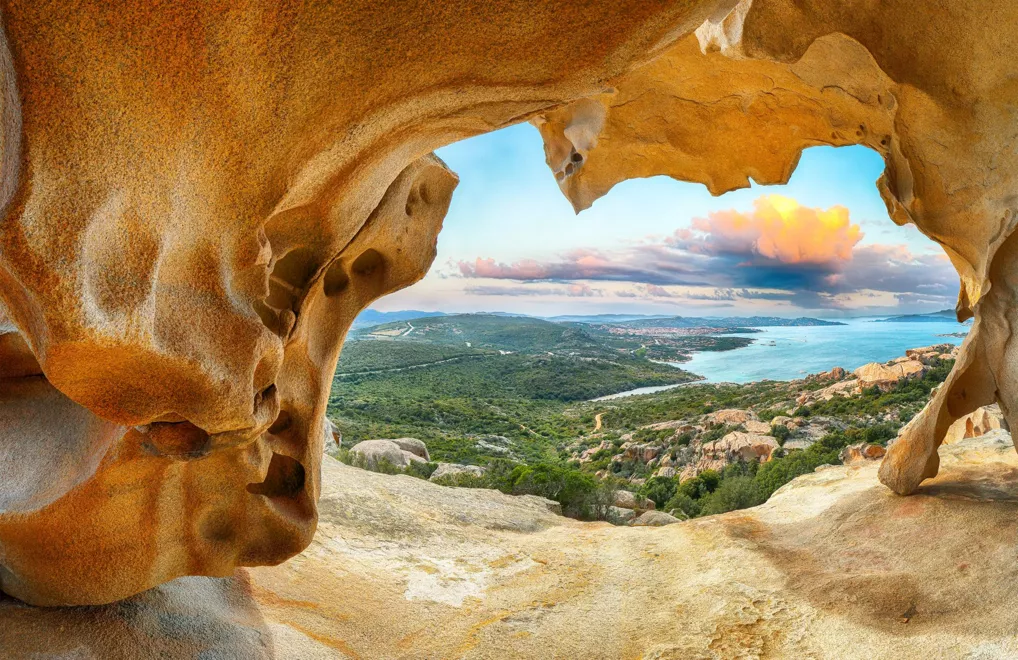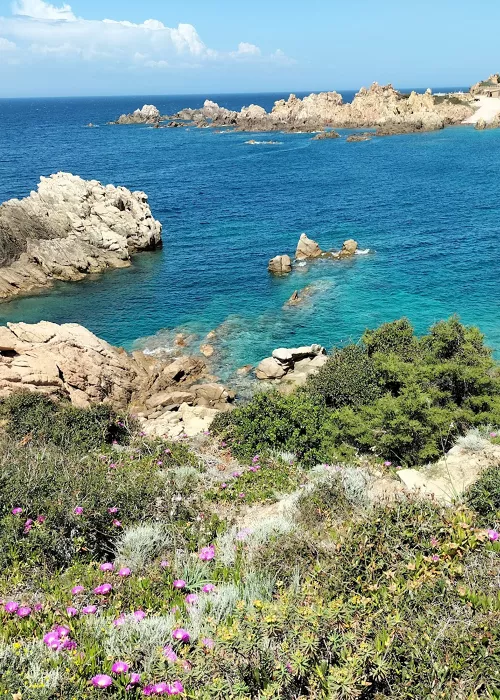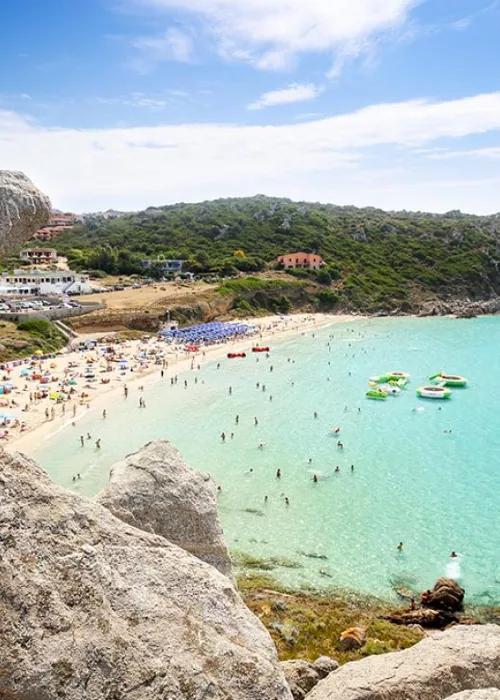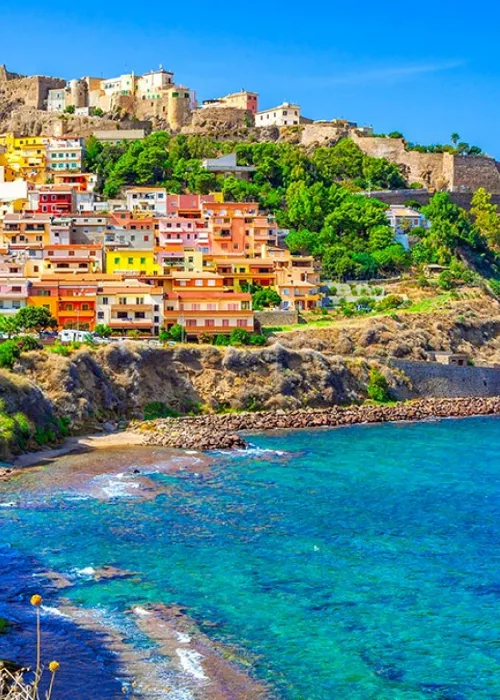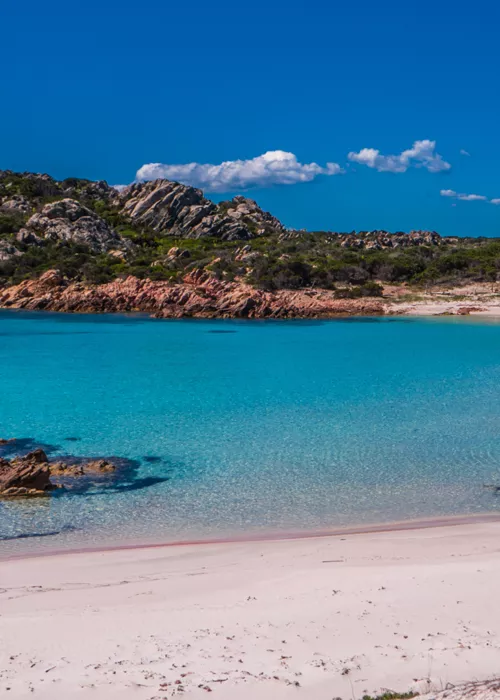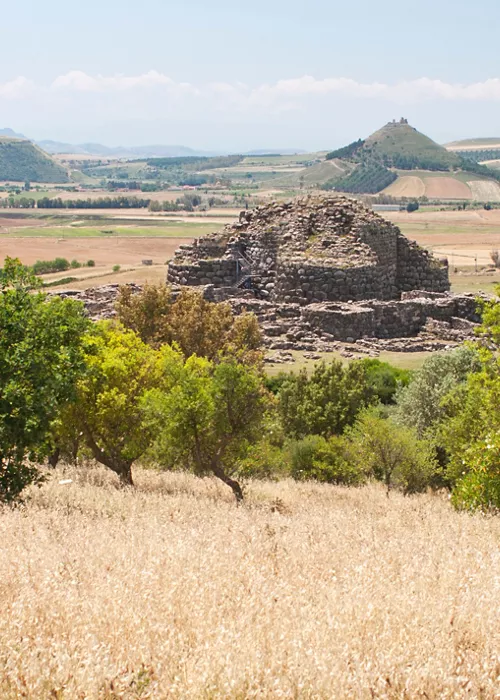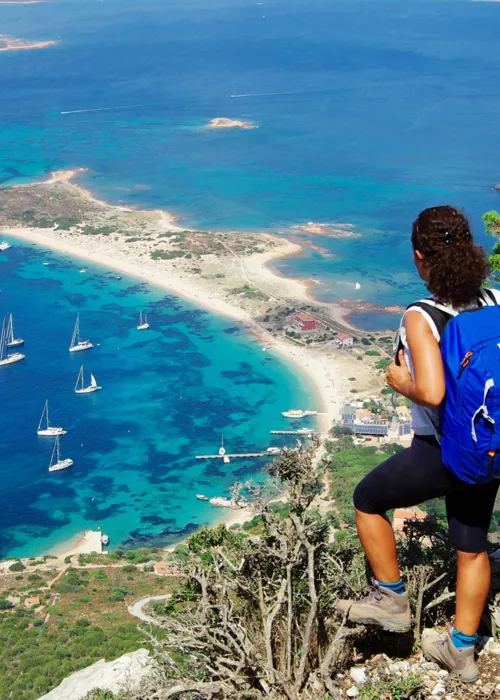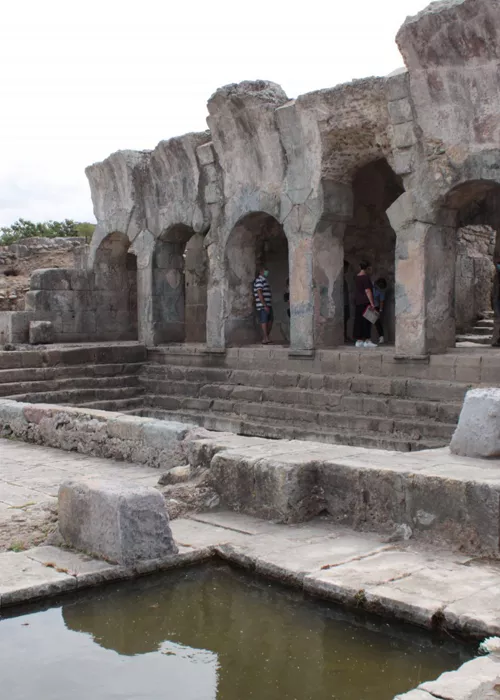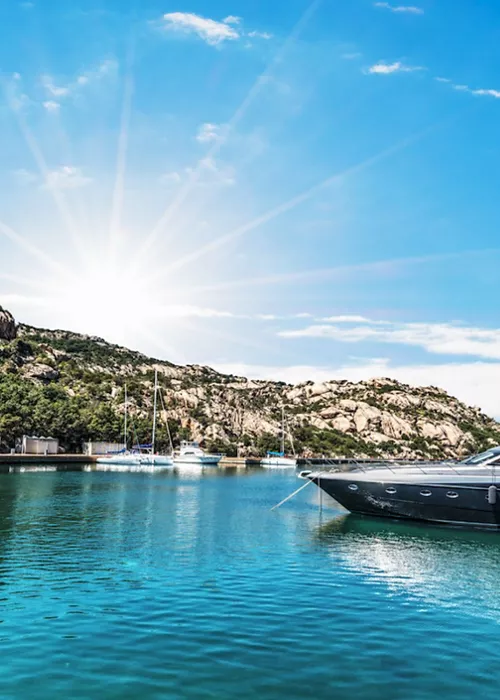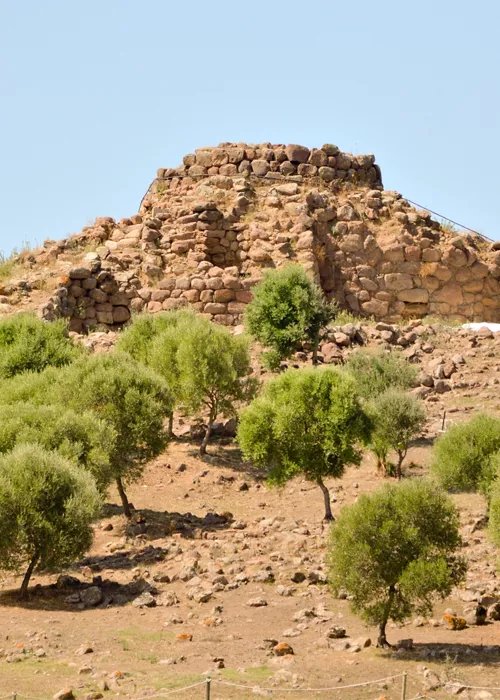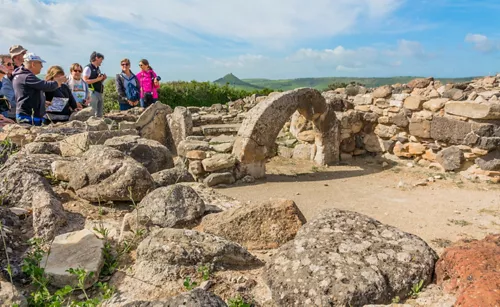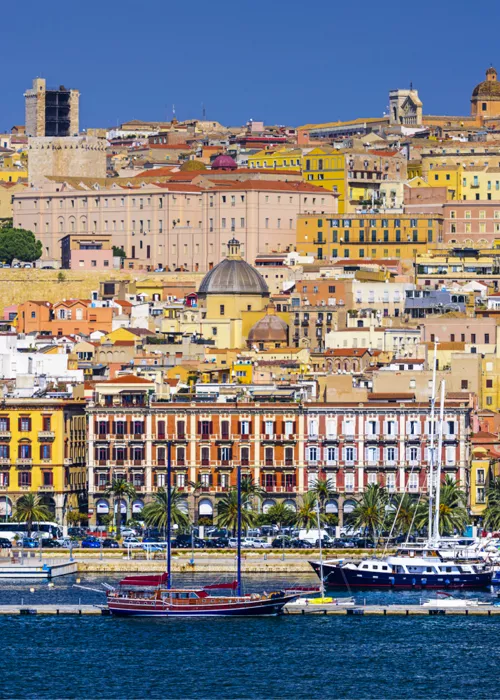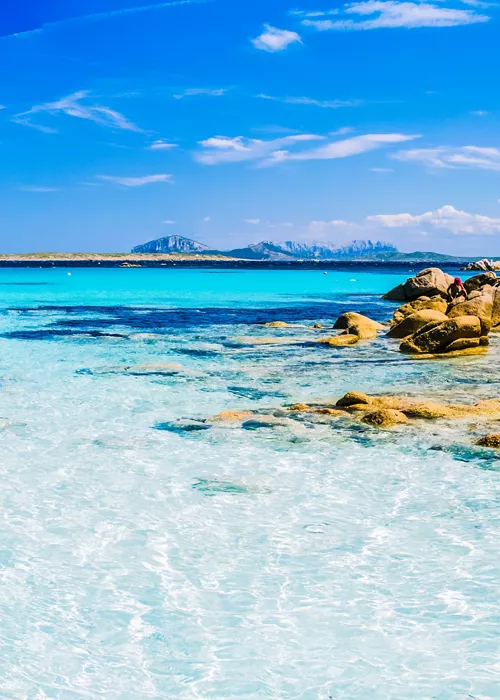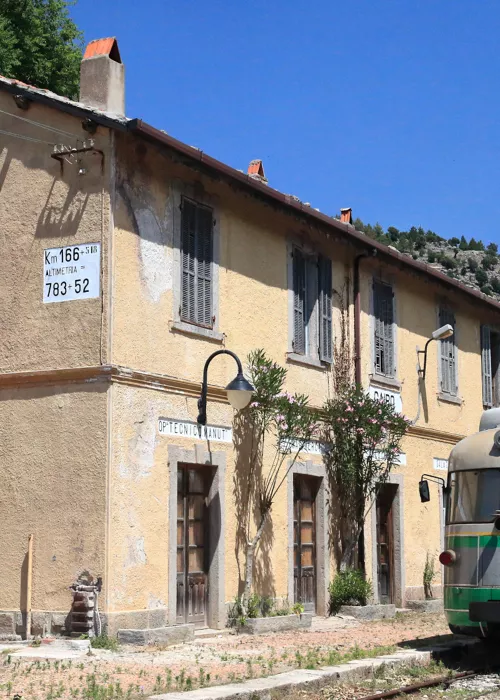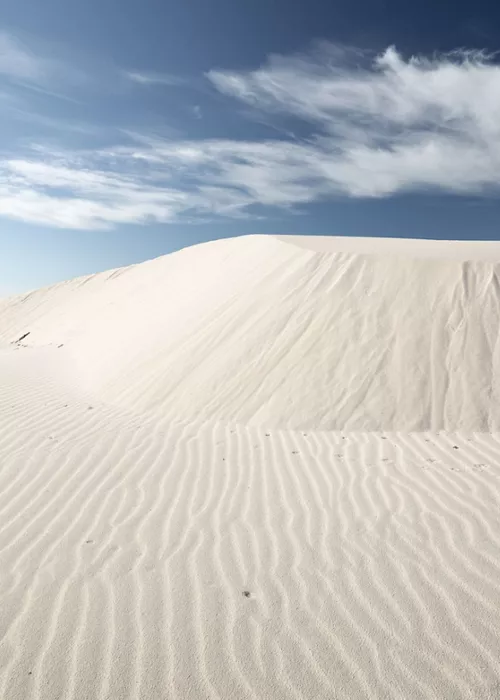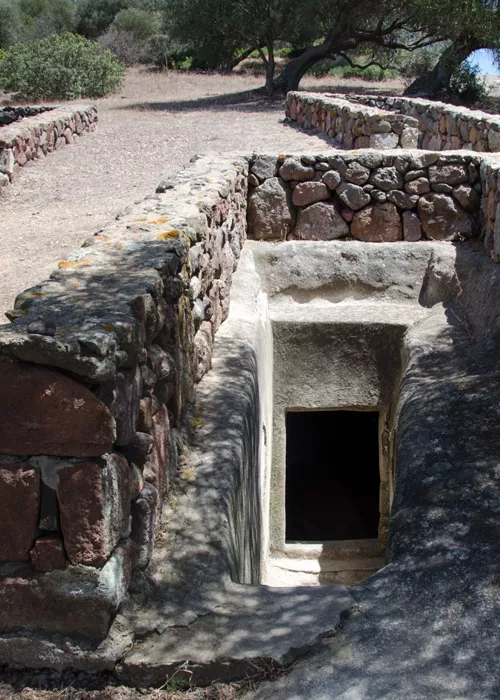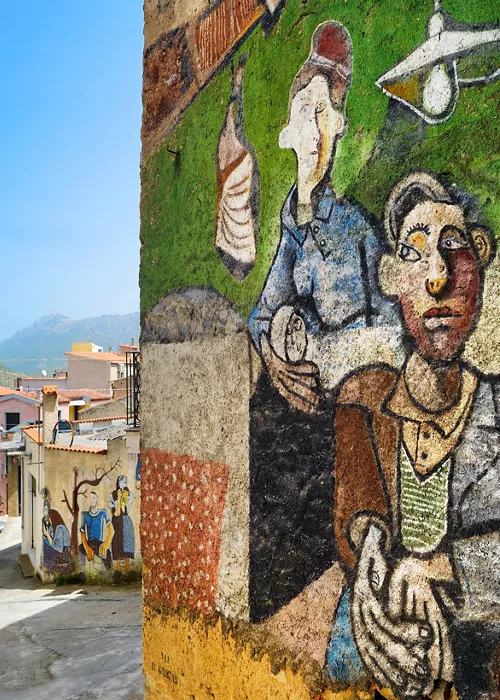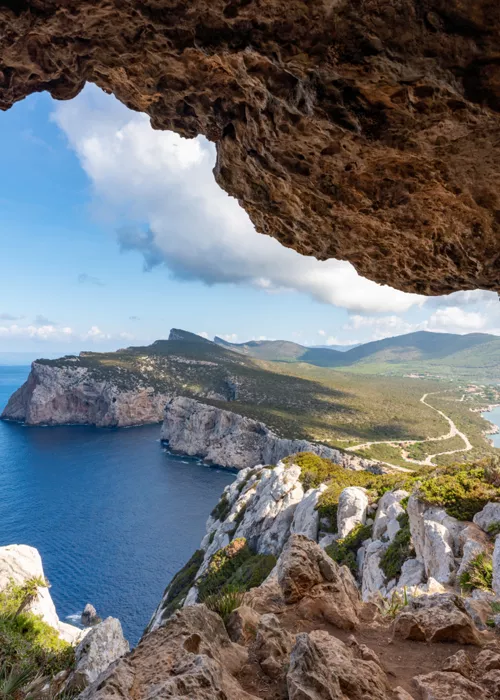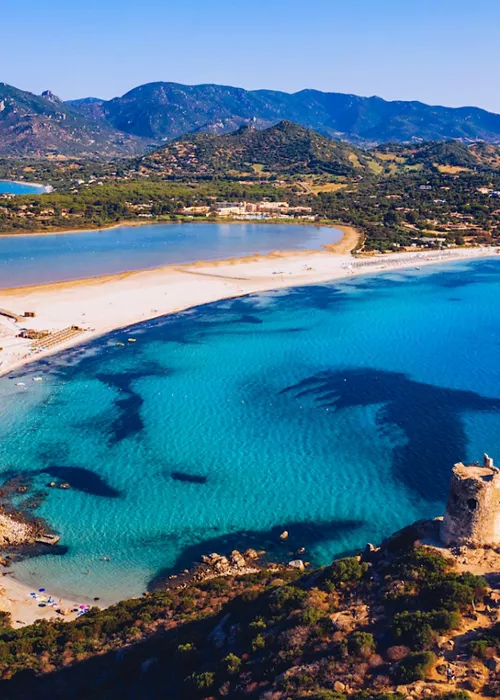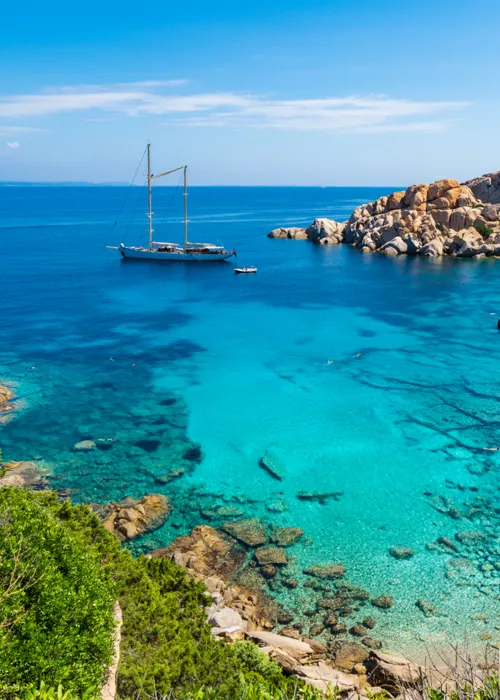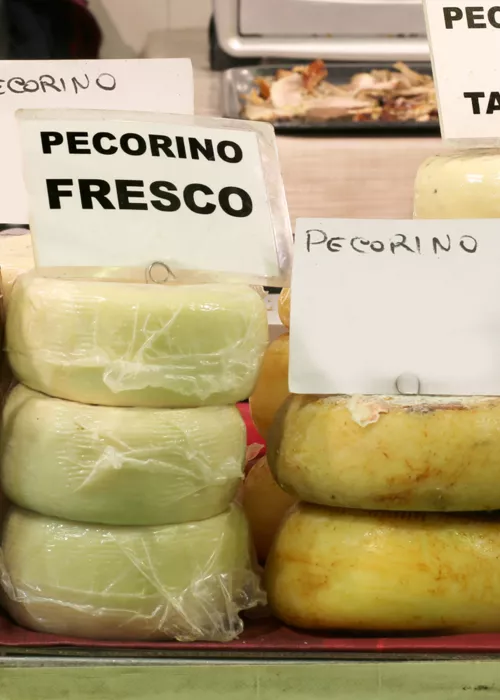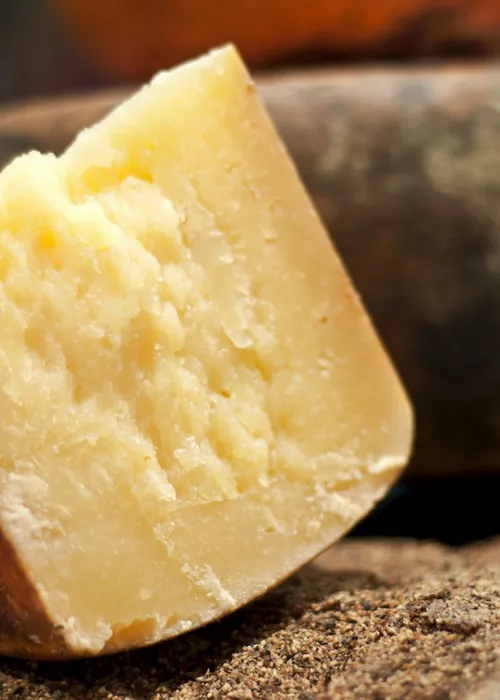From the Costa Paradiso to Palau: wonderful beaches and a taste of local culture
2 minutes
The coastline stretching from the North Western section of the island across to the North Eastern area of Sardinia represents an ideal itinerary for those who love to spend their time visiting wonderful bays and for visitors who would prefer to combine a beautiful landscape with elements of cultural value. All this is possible when you travel from the Costa Paradiso – a district which by no mere chance acquired such a high-sounding name thanks to its enchanting beaches - to the tourist resort of Palau with its breathtaking landscapes.
Phase 1: Costa Paradiso
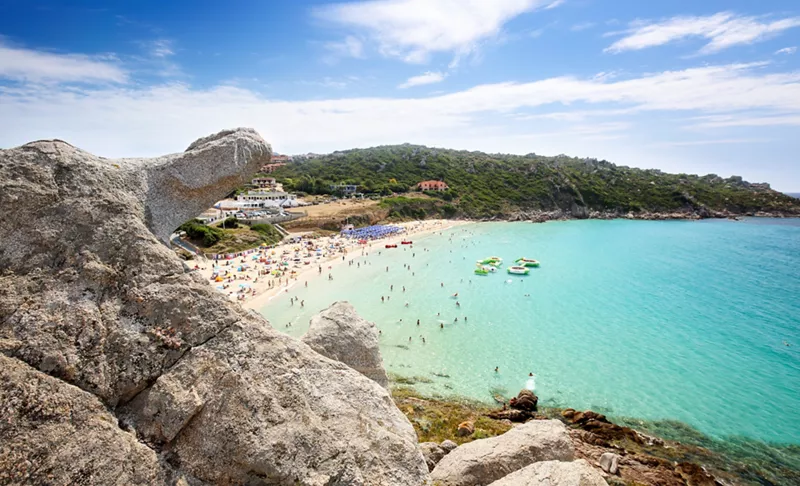
Immersed in the juniper thickets of the Mediterranean maquis, the jagged, rocky Costa Paradiso extends from Santa Teresa di Gallura to Castelsardo in north-western Sardinia. You will find small stretches of sand enclosed within enchanting bays, among rock formations, natural pools and inlets. This is a real corner of paradise, often presenting a rather wild appearance, where the constantly present wind has gradually shaped the rocks, producing even quite bizarre forms. Around the small charming fishing village of Isola Rossa the mistral wind is often present.
The winds are also constantly present on the peninsula of Capo Testa, a rocky promontory of great strategic importance during the Roman era due to the presence of its granite quarries and where it is still possible to see the remains of some roughly hewn stone columns.
Finally, it is worth visiting Santa Teresa di Gallura. Strongly animated by tourists during the summer months, the village features a series of coves and tiny harbours hidden between granite walls shaped by nature. From this privileged position we have a stupendous view of the Strait of Bonifacio, which separates Sardinia from the island of Corsica and which at some points is only 11 kilometres wide.
Many passenger ferries and boats of all kinds cross this stretch of water and, especially during the summer months, transport people as far as the enchanting islands of the Maddalena archipelago. Apart from the Maddalena islands, other destinations include Caprera, Santo Stefano, Budelli, Santa Maria, Razzoli and Spargi. Every day large boats, catamarans or inflatable dinghies are available for tours around these heavenly islands.
Phase 2: Palau
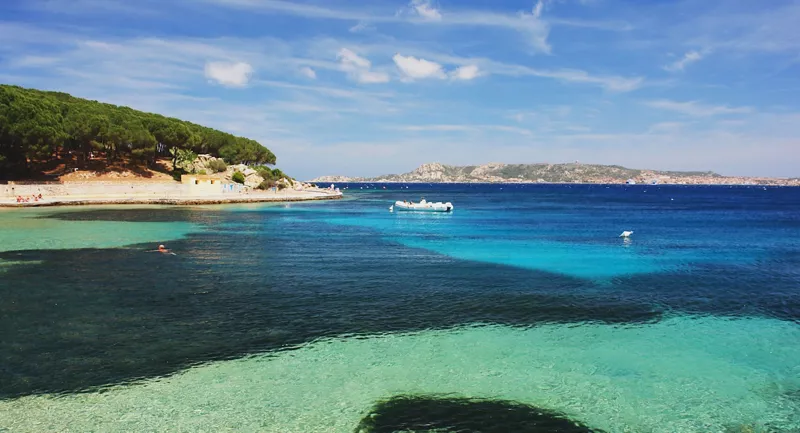
Set in a scenic bay that protects it from the cold northerly “tramontana” wind, Palau is located on the north-eastern Sardinian coast, just a few kilometres from the Costa Smeralda, facing the Maddalena archipelago.
While the crystal-clear sea is probably the main attraction, a suggestive feature may be found also in the rocky coastline, which, on account of the erosive effect of the winds and the passing of time, has gradually acquired its own particular forms, generating “natural” sculptures. An example of this phenomenon may be found in the form of the Bear Rock, which has become a symbol of the village and is so called precisely because its shape is easily associated with that of a large bear which seems to be gazing out over the sea in front of Caprera.
Not far away you will discover Porto Rafael, where many white dwellings are surrounded by colourful gardens. From the distinctive village square a pathway leads up to an ancient military watchtower. It is precisely from this higher point that it is possible to enjoy the most beautiful view of the Maddalena islands and the entire coastline.
But Palau also has a rich history. One should certainly go to observe the prehistoric megalithic Nuraghe Luchìa or the Tombs of the Giants, the name of which simply derives from their enormous size.

